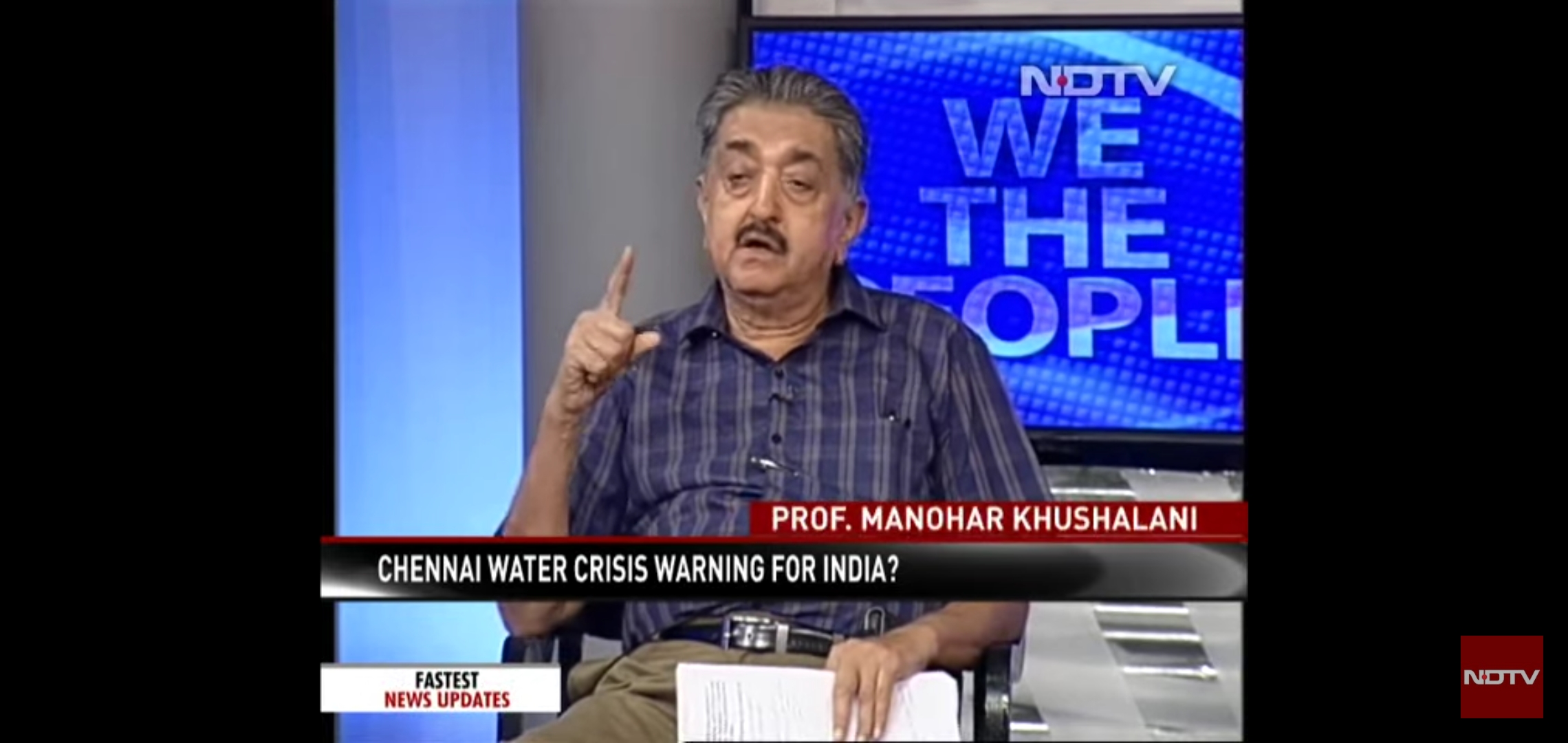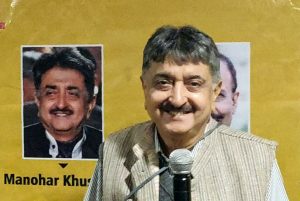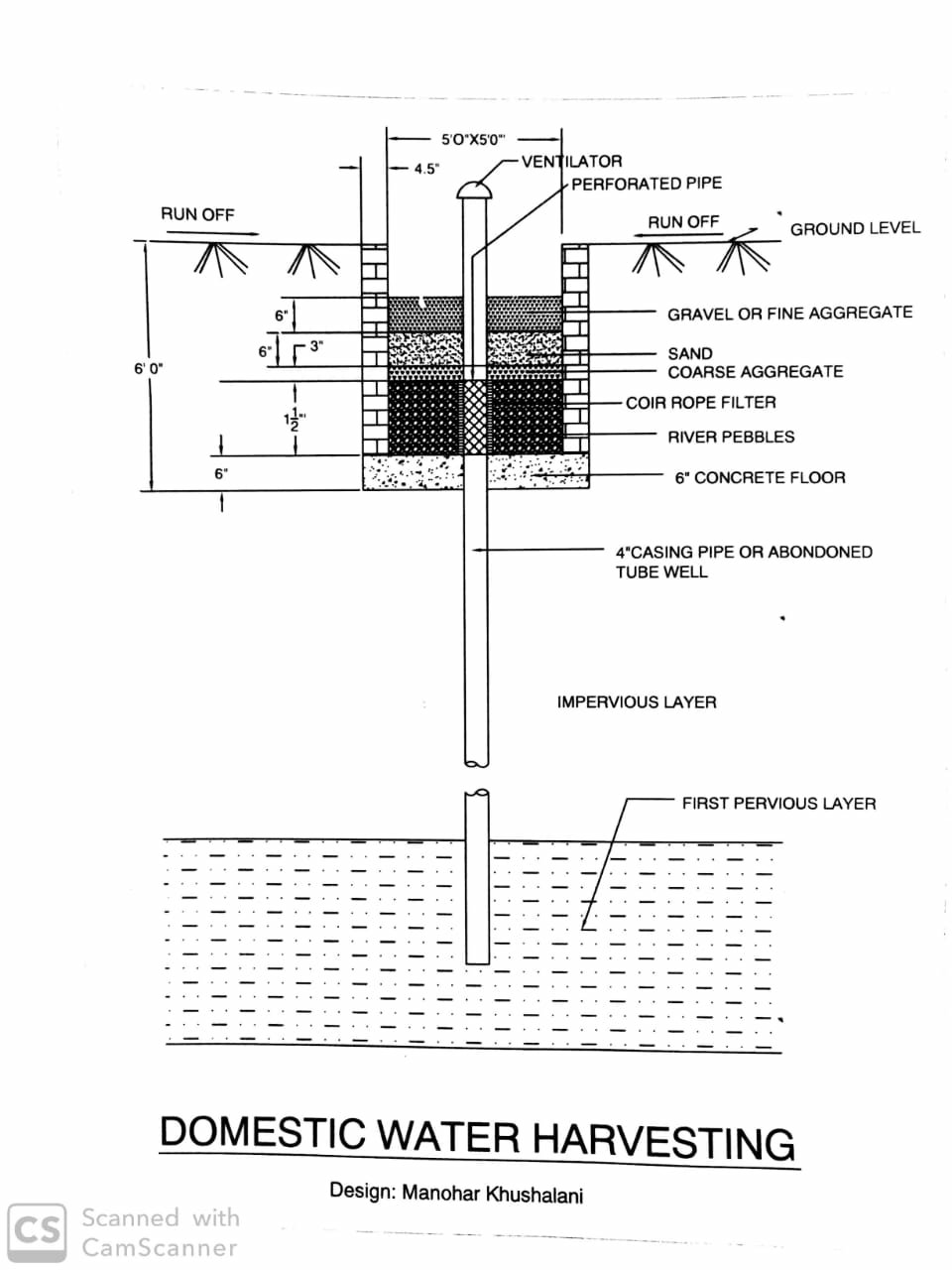Domestic Water Harvesting Ideas by Prof. Manohar Khushalani
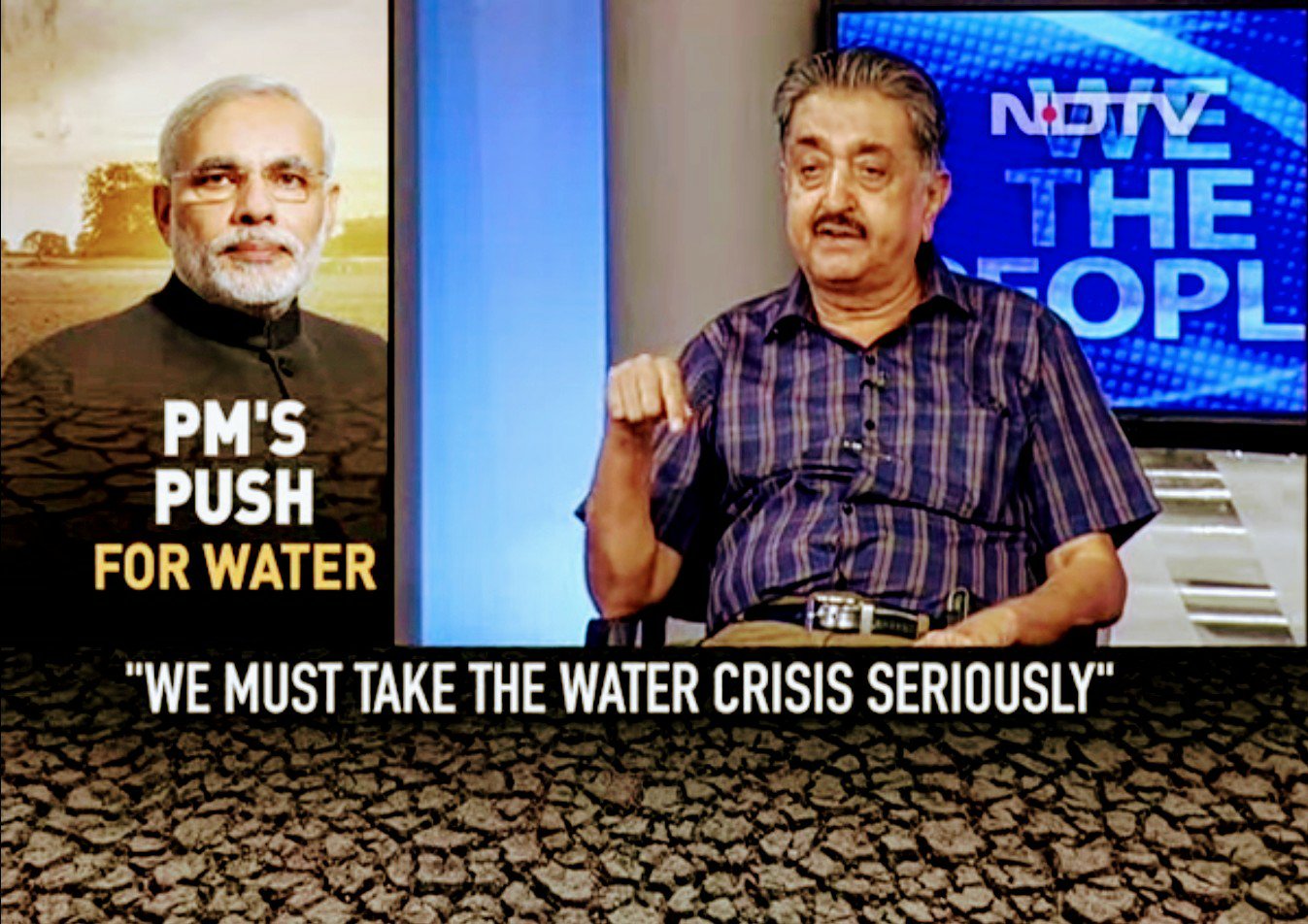
Presented below are some design ideas in domestic Water Harvesting. The Dimensions are indicative and will vary as per local conditions and situation.
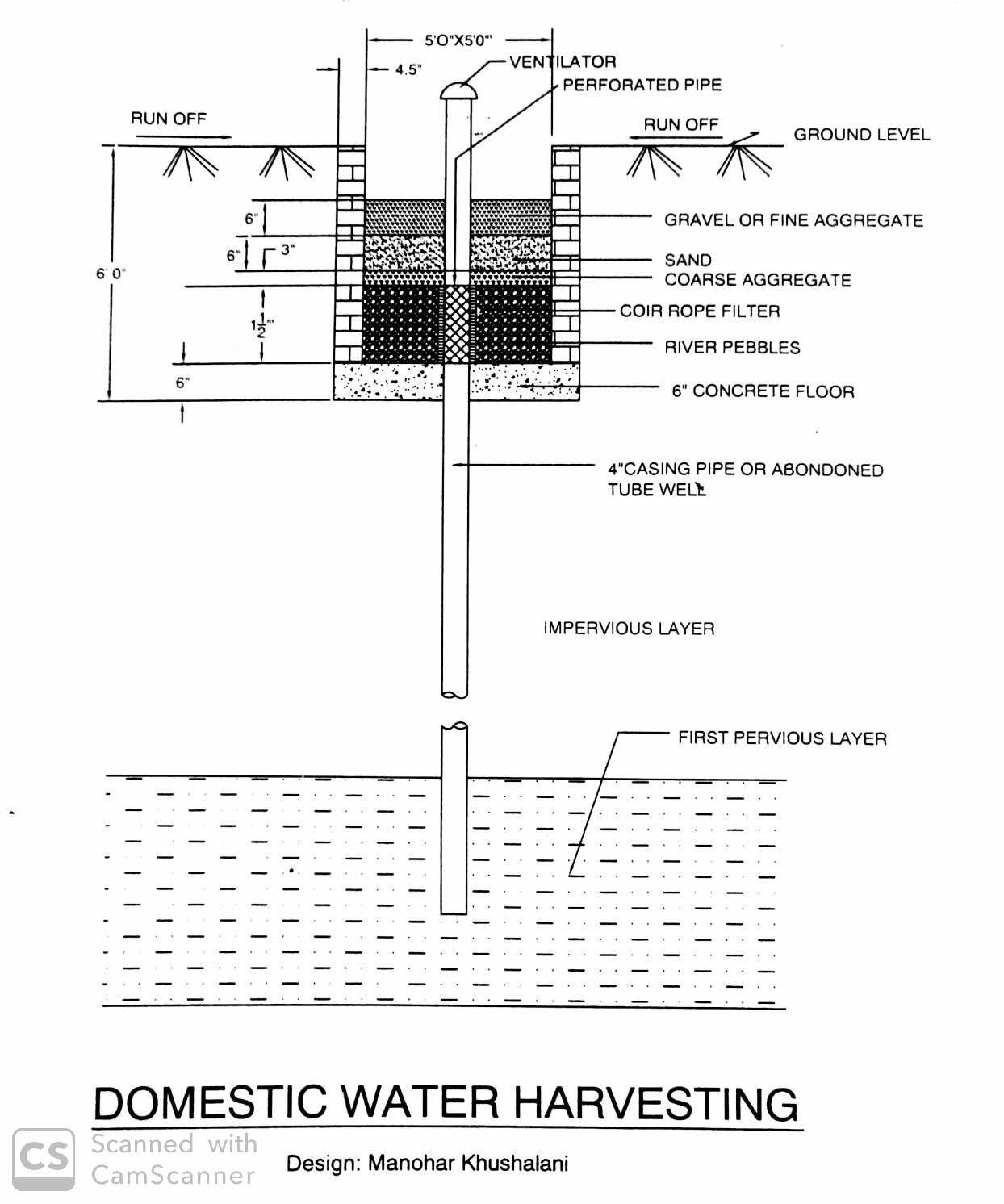
Above is a typical Domestic Water Harvesting Design for a terrace of 2500 Sq ft, with 800 mm of annual rainfall. This part of the article should be read in conjunction with Manohar Khushalani’s interview to ANI which can be read on this link
Below are photographs of the outlets on the terrace. In the photograph, the one on the right is the existing drain pipe. The one on the left is the new drain hole connected to Water Harvesting Structure.
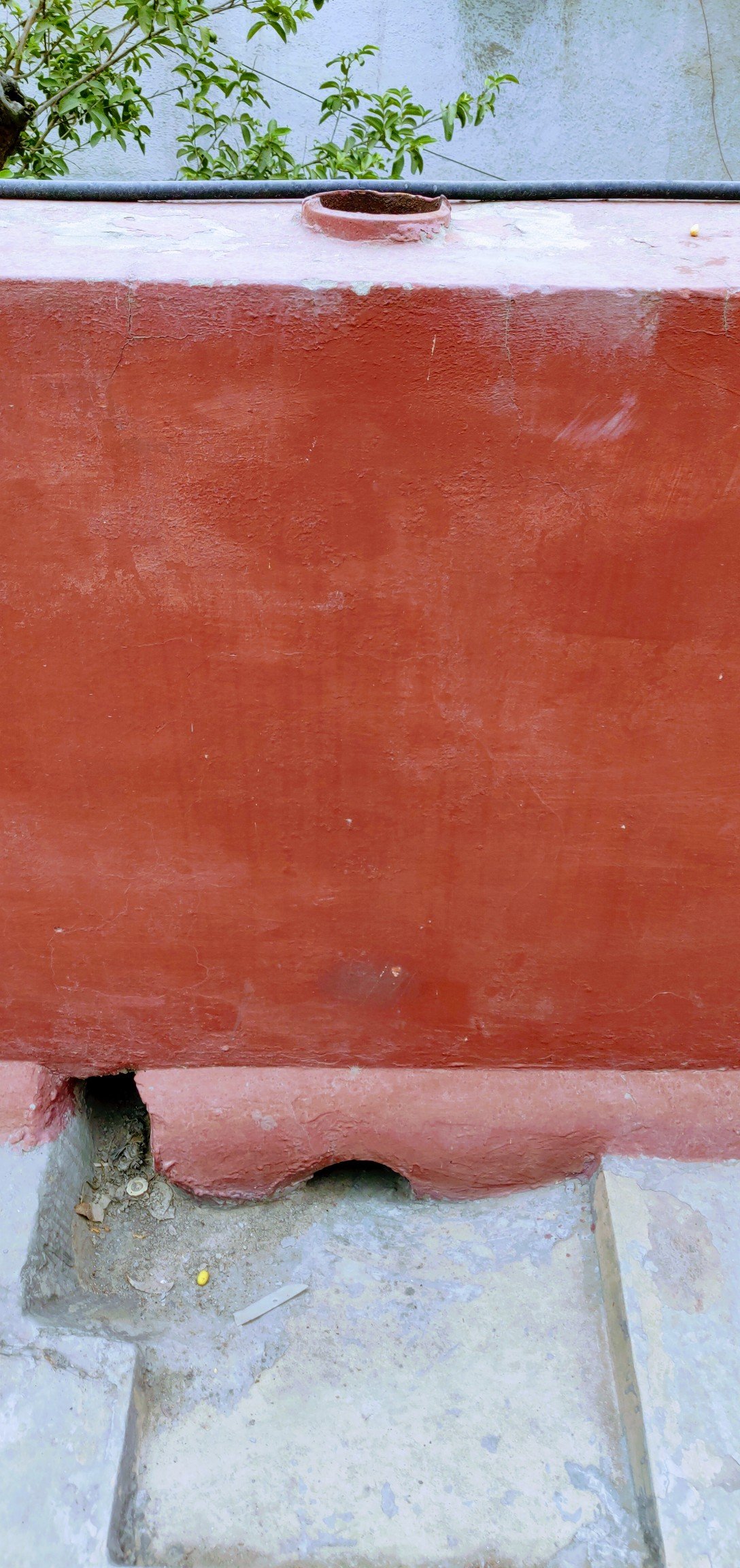
As you can see the terrace is dirty. So block the left outlet. So that dirty water does not go to Water Harvesting Structure, but flows out side to street from the right outlet.
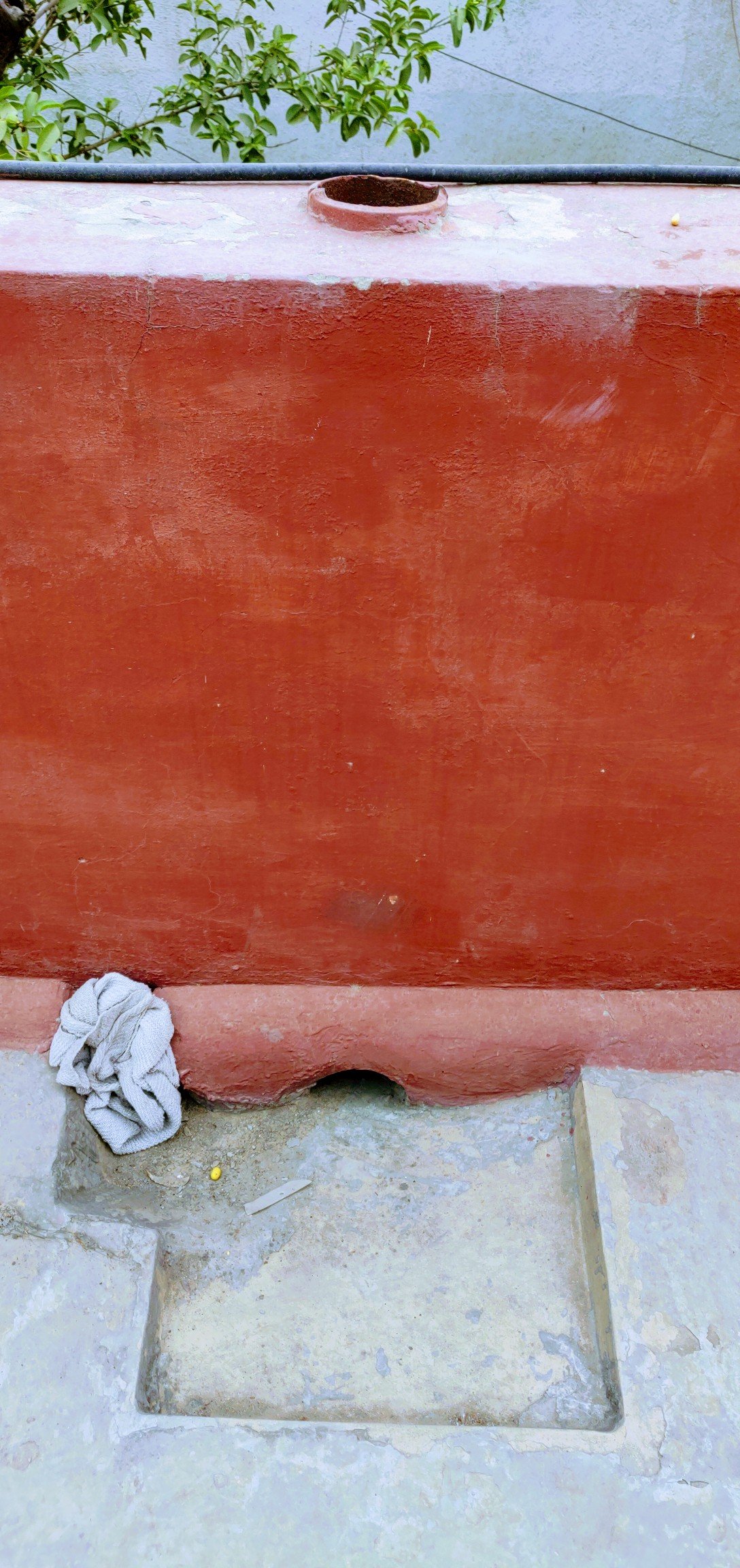
Now clean the terrace, which should preferably be done before the monsoons.
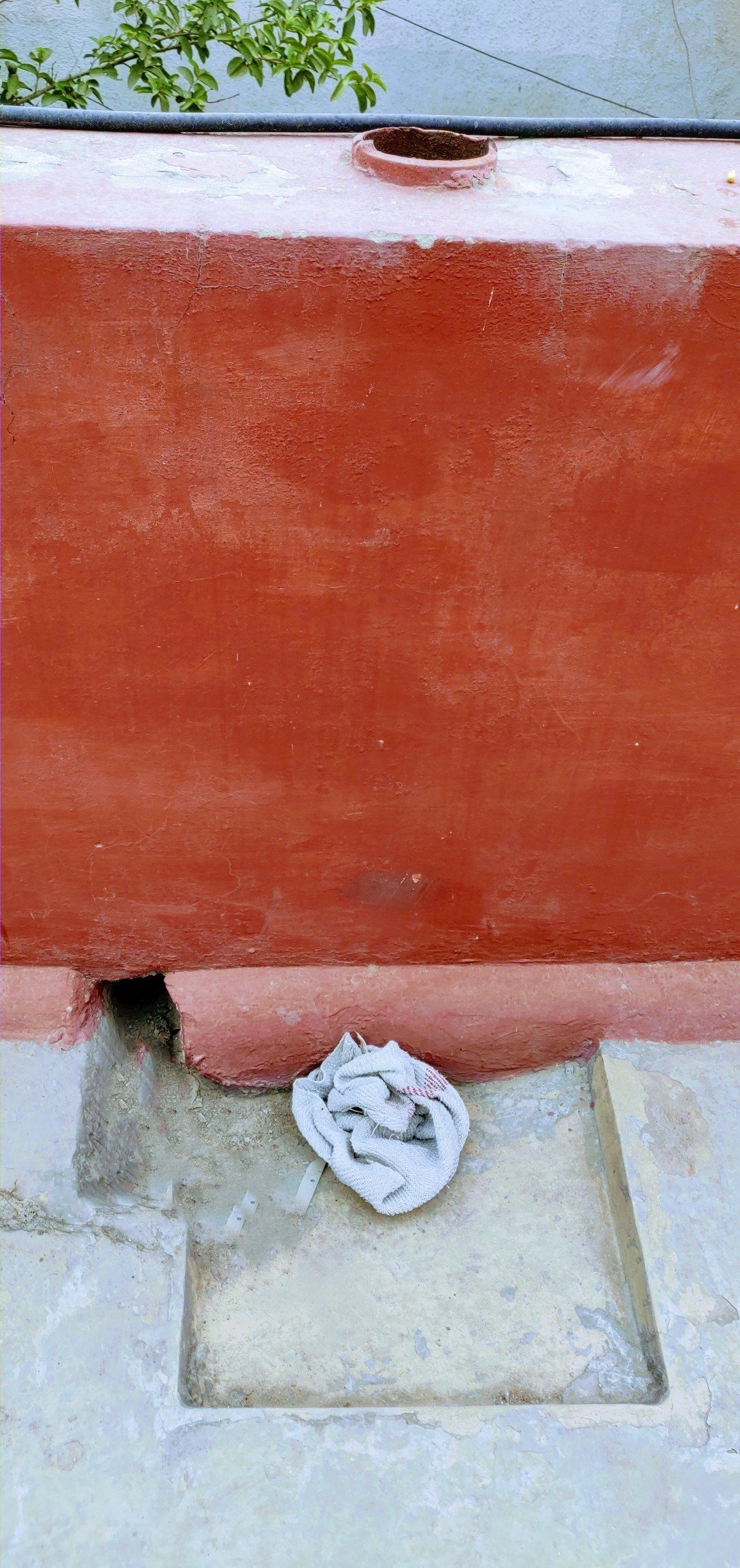
After the first rain, block the drain on the right side and open the left outlet so that rain flows through it to the Water Harvesting Structure for rest of the season.
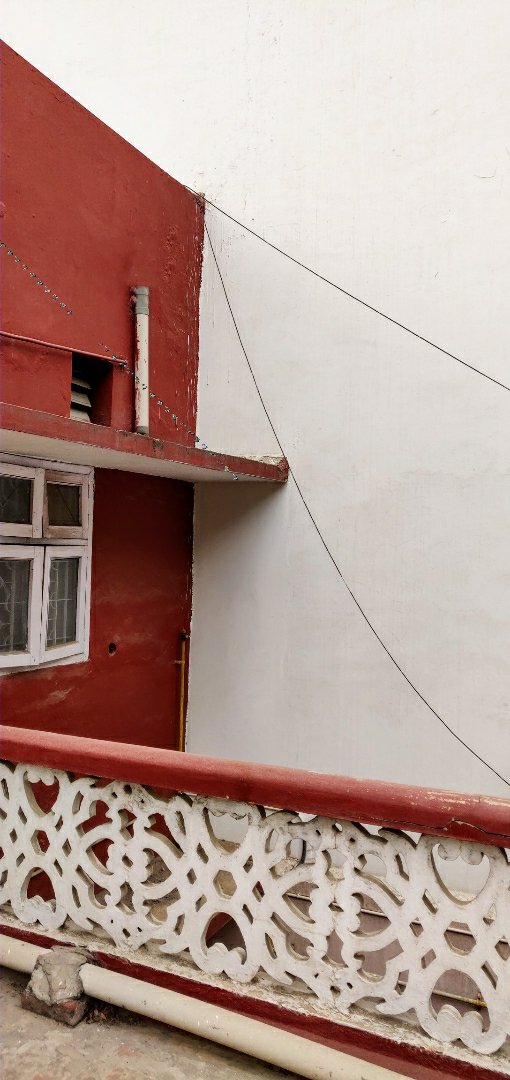
All the drains from higher terraces will also be diverted like this to the structure
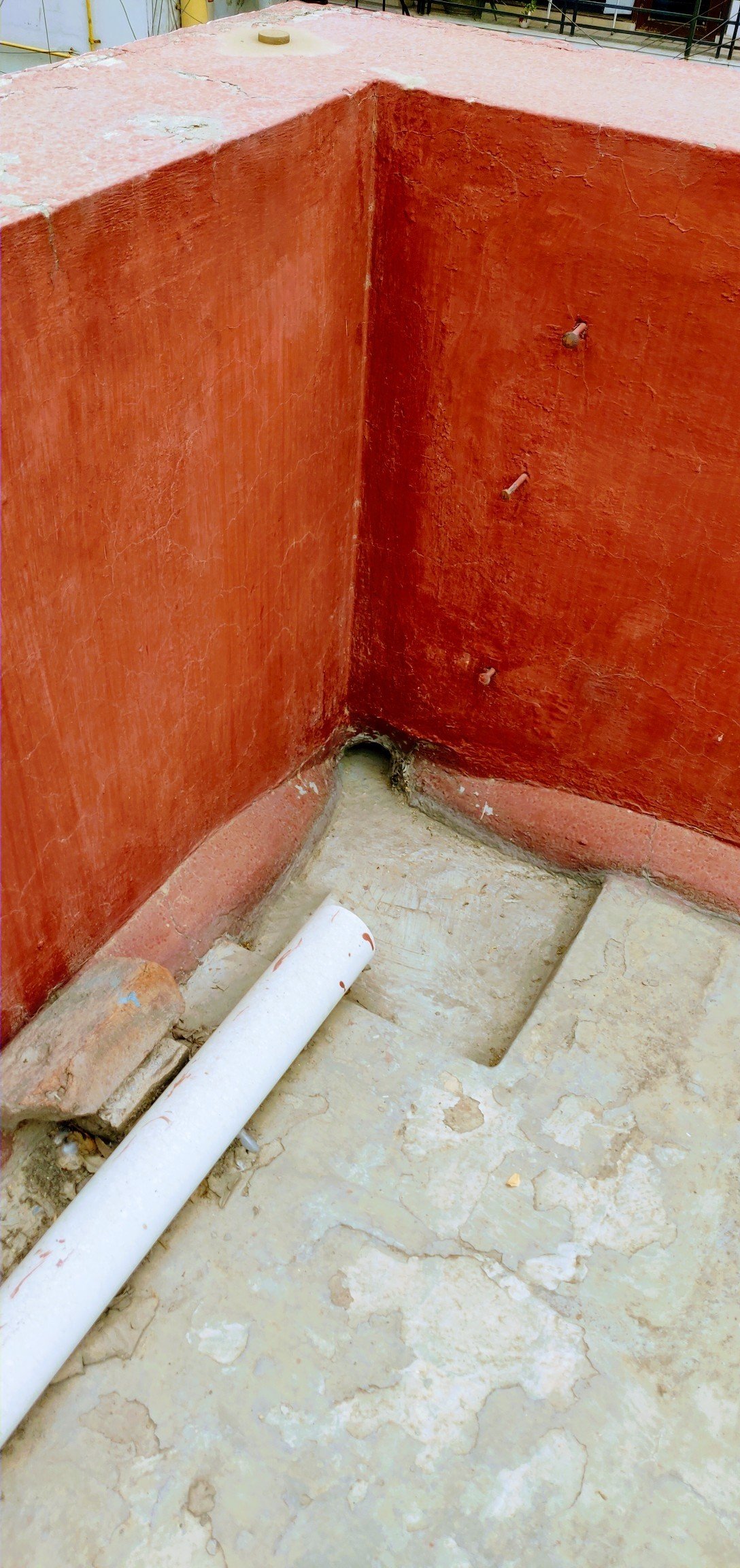
Finally all pipes drop their rainwater to the inlet of water harvesting structure. The video below shows the final route:
Finally watch the exhilarating experience of water cascading into your Water Harvesting Structure as you recharge Mother Earth so that it can quench the thirst of your grandchildren. Appropriately, in this video, below, you will hear the voice of a little girl crying out for her grandmother “Naani!! Naani!!”
Watch Rain Water Cascading Into the Womb of Mother Earth
Normally for a properly maintained domestic water harvesting pit a desilting tank is not required. For large capacity pits for societies and institutions see the details of a desilting tank on the next article in this seties
Water Harvesting: Desilting Tank for removal of suspended impurities | Manohar Khushalani
If there is a space crunch in installing a filter pit at your location, you can use a pipe filter but the filter shown is far far better
Water Harvesting: Pipe Filters where there is a space crunch | Manohar Khushalani
